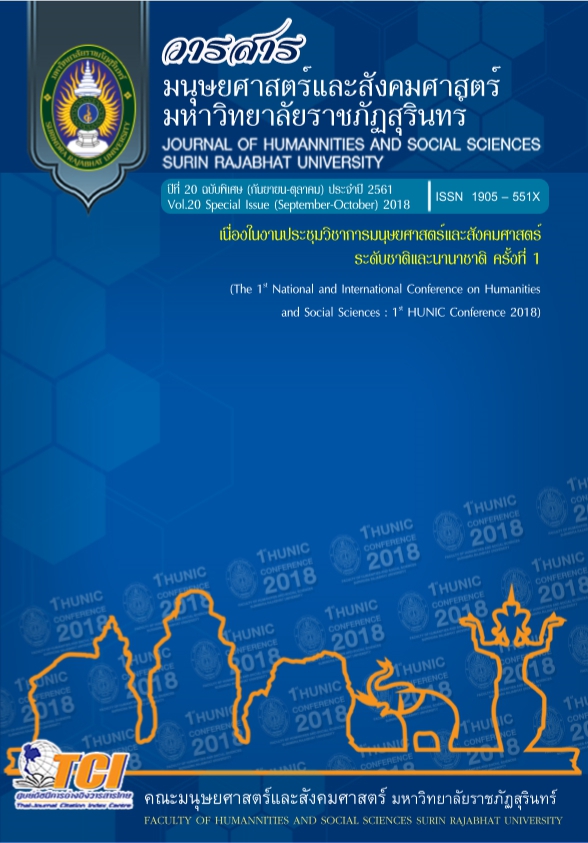White Elephant” the King’s Auspicious Animal
คำสำคัญ:
Elephant, White elephant, Auspicious animal, Kingบทคัดย่อ
White elephants were majestic animals living beside Thai king for ages. They were trained for many purposes, for example, being king’s vehicle both in daily life and in the war as well as being part of the royal rituals. Therefore, white elephants were seen as the king’s auspicious animal. Once the era changed, white elephants’ roles had been altered.
According to Gaja Sastra, the textbook indicating the physical characteristics of good elephants, white elephants consist of seven auspicious physical characteristics: white eyes, white hard palate, white toenails, white hair, white skin or light reddish brown skin, white tail hair, and white skin or light reddish brown testis. White elephants who have all those seven characteristics are called, in Thai, “Chang Som Kan” while white elephants whose characteristics don’t fit all are called “Chang Pra Lad” or “Chang Si Pra Lad.” In addition, if elephants have black skin, banana-flower-shape ivory, and black toenails, they will be called “Chang Niam.” Although belief on elephants in Thailand was influenced from India, Thai’s belief is a bit different based on Thai culture and tradition which had been mixed between Buddhism and Brahma-Hindu. Therefore, Thai white elephants would be different from white elephants in other areas.
White elephants took their parts as Thai king’s animal because they represented the charisma of their possessors. One example could be seen through the biography of Lord Buddha indicating that there was a white elephant appeared in Buddha mother’s dream before he was born. According to Brahma-Hindu belief, white elephant was a symbol of greatness, thus Buddha would become the great human being. Apart from this, relating to Brahma-Hindu belief, white elephants were seen as the national animal.
In present, white elephants have been Thai national animals which have been legally preserved under Thai law. They also are the symbol of being Thai people. Moreover, they symbolizes the relationship among three institutes of Thailand: nation, religion, and king.












